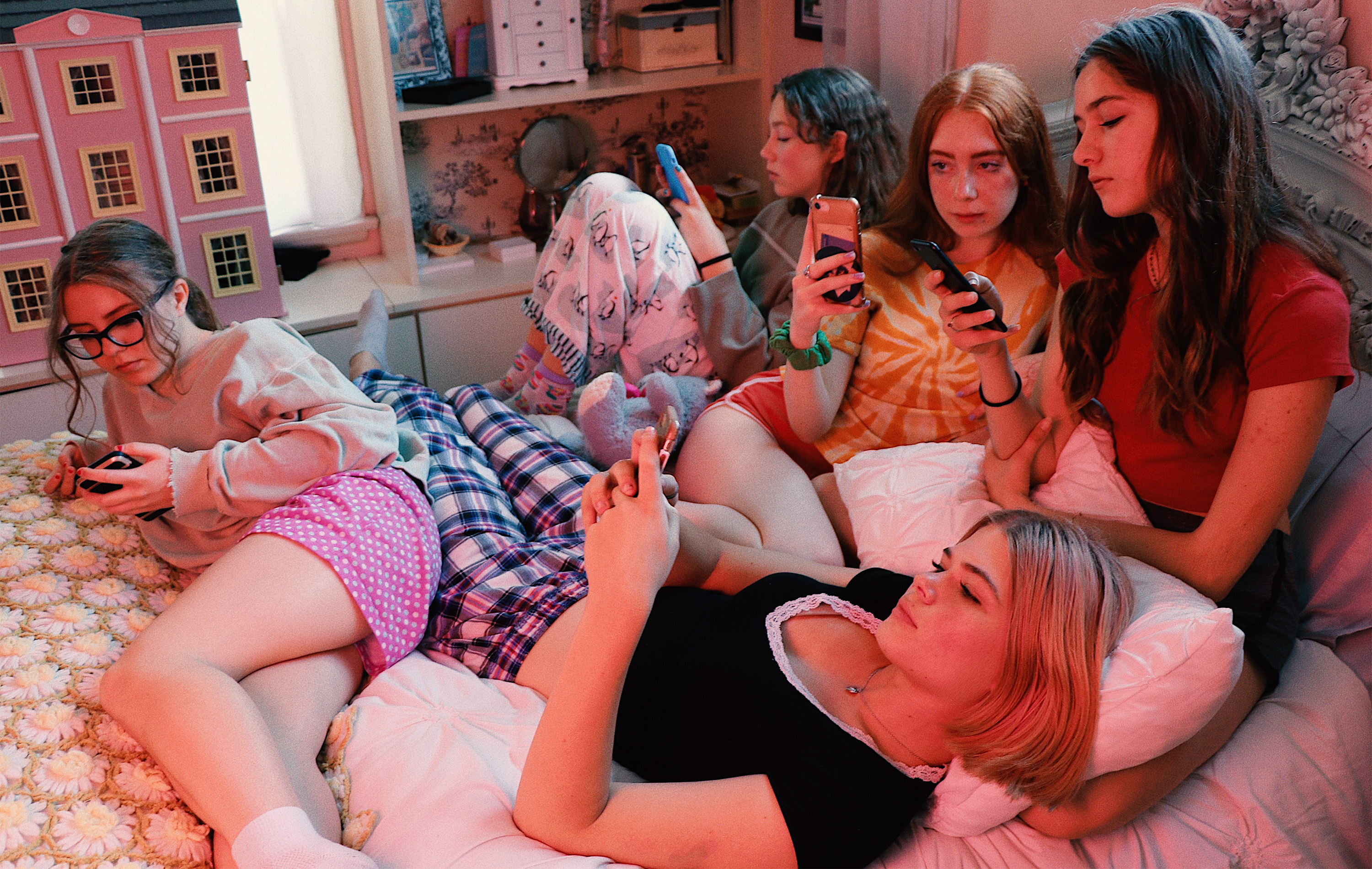This is today’s edition of The Download, our weekday newsletter that provides a daily dose of what’s going on in the world of technology.
What’s next for China’s digital currency?
China’s digital yuan was seemingly born out of a desire to centralize a tech giant-dominated payment system. According to its central bank, the digital currency, also known as the e-CNY, is both a risk-free alternative to commercial platforms and a replacement for physical cash, which is becoming obsolete.
Almost three years into the pilot, though, it seems the government is still struggling to find compelling applications for it, and adoption has been minimal. Now the goal may be shifting. China appears to be charging ahead with plans to use the e-CNY outside its borders, for international trade.
If it’s successful, it could challenge the US dollar’s position as the world’s dominant reserve currency—and in the process shake up the global geopolitical order. Read the full story.
—Mike Orcutt
This story is from MIT Technology Review’s What’s Next series, which looks across industries, trends, and technologies to give you a first look at the future. Check out the rest of the series here.
The must-reads
I’ve combed the internet to find you today’s most fun/important/scary/fascinating stories about technology.
1 How the US is planning to regulate AI
It’s a multi-pronged approach, but progress is grindingly slow. (Vox)
+ Our quick guide to the 6 ways we can regulate AI. (MIT Technology Review)
+ Ultimately judges, not politicians, will be the first to establish guardrails for AI. (MIT Technology Review)
2 Covid cases are rising again
We don’t exactly know why, but infections do seem to shoot up over the summer. (Wired $)
+ Hospitalizations are on the up, but experts expect the vast majority of infections to be mild. (NBC)
+ Covid hasn’t entirely gone away—here’s where we stand. (MIT Technology Review)
3 There’s not much you can do if AI lies about you
People are starting to sue tech companies, but legal precedent for this is basically non-existent. (NYT $)
+ What does GPT-3 “know” about me? (MIT Technology Review)
4 Apple now has over one billion paying subscribers
Tim Cook’s push to expand from hardware to subscription services seems to be paying off. (Quartz $)
5 Google is making it easier to remove your private info from Search
Of course, that requires you to give Google all that information, but still nifty. (Engadget)
6 A French news agency is suing X for refusing to discuss paying it
Elon Musk called the move “bizarre”, and I’m inclined to agree. (Reuters)
+ Meta’s Twitter rival, Threads, has seen its daily active users drop by 82% since launch. (CNN)
7 Pornhub has gone dark in Arkansas
In protest at a new law requiring it to verify users’ ages. (The Verge)
+ Why child safety bills are popping up all over the US. (MIT Technology Review)
8 Actors are heading back to Cameo
To make a bit of cash on the side while the strike is on. (NYT $)
9 Meta’s Ray-Ban smart glasses are a flop
The vast majority of people who bought them don’t use them. (WSJ $)
10 Parents in China are on dating apps to marry off their adult children
If you’re reading this, Mum… don’t go getting any ideas. (Rest of World)
Quote of the day
“We’re changing the clouds.”
—Duncan Watson-Parris, an atmospheric physicist, tells Science that measures to cut ships’ sulfur pollution may be inadvertently helping to warm oceans, by reducing cloud cover.
The big story
Why Generation Z falls for online misinformation

June 2021
In November 2019, a TikTok video claiming that if Joe Biden is elected president of the United States, “trumpies” will commit mass murder of LGBT individuals and people of color rapidly went viral. It was viewed, shared, liked and commented on by hundreds of thousands of young people.
Clearly, the claims were false. Why, then, did so many members of Generation Z—a label applied to people aged roughly 9 to 24, who are presumably more digitally savvy than their predecessors—fall for such flagrant misinformation? The answer is complex, but may partly lie in a sense of common identity with the person who shared it in the first place. Read the full story.
—Jennifer Neda John
We can still have nice things
A place for comfort, fun and distraction to brighten up your day. (Got any ideas? Drop me a line or tweet ’em at me.)
+ This beautiful blog post is an entreaty to treat yourself to a fantastic book (ideally fiction).
+ Can’t help but admire Kristina Avakyan, a TikTok fashionista who is unapologetically dividing the crowd.
+ This video would be funny enough as it is, but the fact the cat’s called Susan makes it truly outstanding.
+ The editing of this fast and furious food review video is absolutely bonkers.
Source From technologyreview
Author: Charlotte Jee
